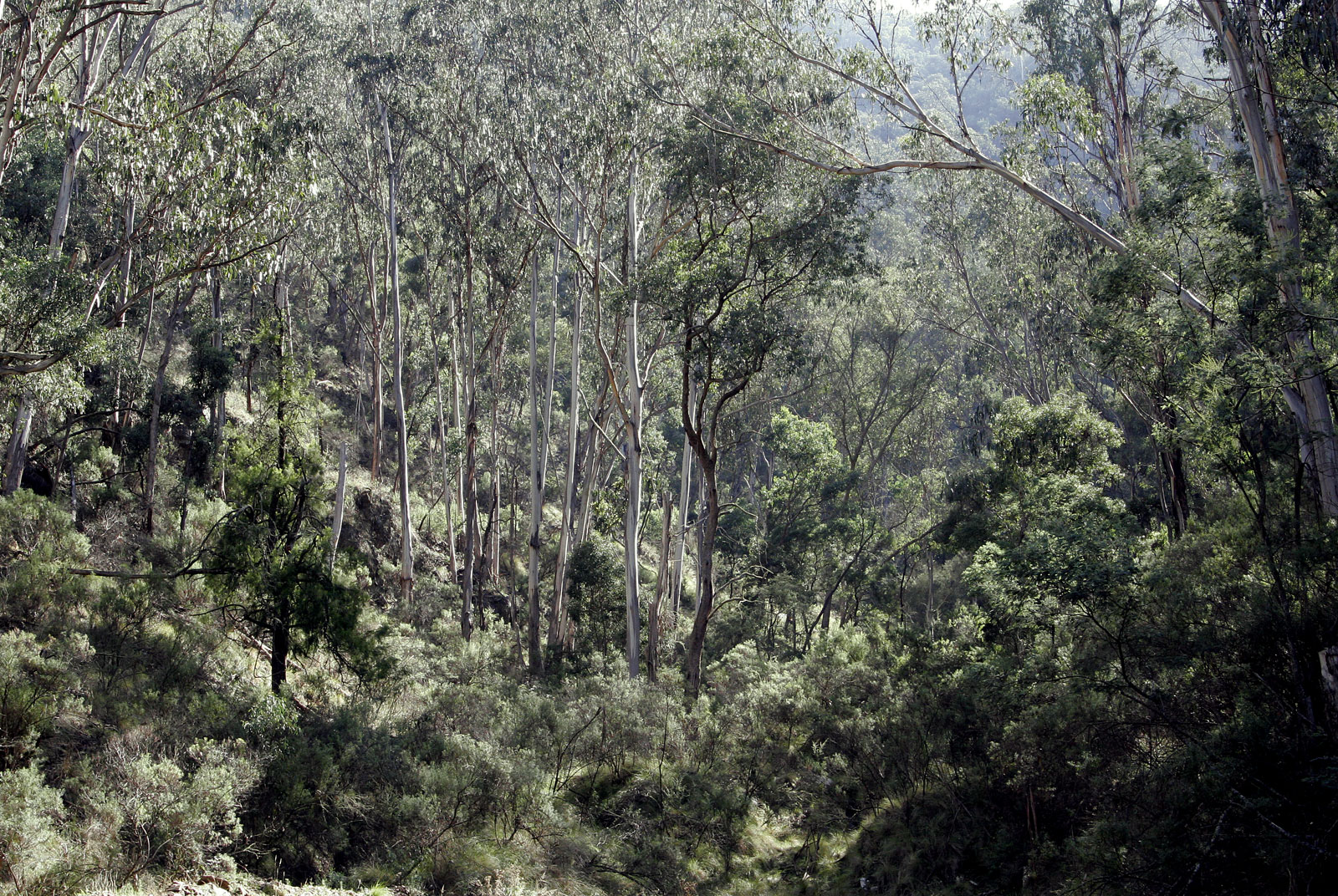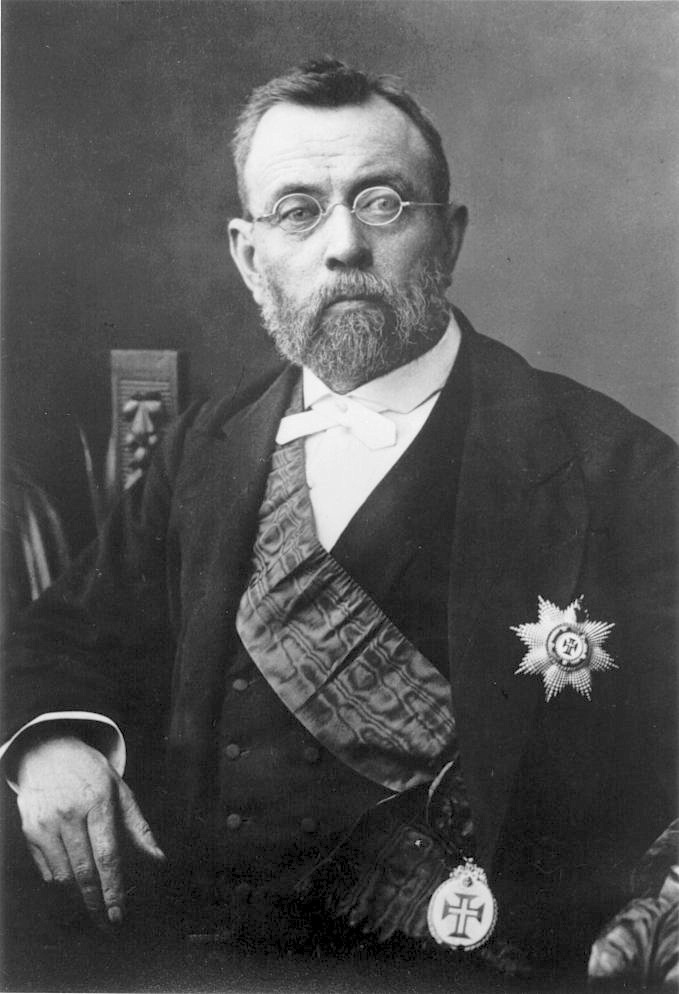|
Eucalyptus Angustissima
''Eucalyptus angustissima'', or narrow-leaved mallee, is a small tree that is native to the south of Western Australia. Distribution is scattered in southern coastal and subcoastal areas. The tree is endemic to Western Australia. Description It is a mallee eucalyptus that grows from about 1 to 4 metres in height. The bark is smooth or matt, mottled grey and very white/grey or light grey-brown. Its juvenile leaves are 4.5 to 8 cm long and 0.3 to 0.4 cm wide The adult leaves are 7 to 11.5 cm long and very narrow (0.15 to 0.3 cm wide). The buds occur in clusters of up to 7 and are followed by creamy-white flowers that appear between August and January and hemispherical fruits 0.5 to 0.8 cm wide. The crown is often very dense and not immediately recognisable as a eucalypt. There are two recognised subspecies: * ''Eucalyptus angustissima'' subsp.''angustissima'' * ''Eucalyptus angustissima'' subsp. ''quaerenda'' Taxonomy First described by the botanist Fe ... [...More Info...] [...Related Items...] OR: [Wikipedia] [Google] [Baidu] |
Ferdinand Von Mueller
Baron Sir Ferdinand Jacob Heinrich von Mueller, (; 30 June 1825 – 10 October 1896) was a German-Australian physician, geographer, and most notably, a botanist. He was appointed government botanist for the then colony of Victoria, Australia by Governor Charles La Trobe in 1853, and later director of the Royal Botanic Gardens in Melbourne. He also founded the National Herbarium of Victoria. He named many Australian plants. Early life Mueller was born at Rostock, in the Grand Duchy of Mecklenburg-Schwerin. After the early death of his parents, Frederick and Louisa, his grandparents gave him a good education in Tönning, Schleswig. Apprenticed to a chemist at the age of 15, he passed his pharmaceutical examinations and studied botany under Professor Ernst Ferdinand Nolte (1791–1875) at Kiel University. In 1847, he received his degree of Doctor of Philosophy from Kiel for a thesis on the plants of the southern regions of Schleswig. Mueller's sister Bertha had been advi ... [...More Info...] [...Related Items...] OR: [Wikipedia] [Google] [Baidu] |
Telopea (journal)
''Telopea'' is a fully open-access, online, peer-reviewed scientific journal that rapidly publishes original research on plant systematics Systematics is the study of the diversification of living forms, both past and present, and the relationships among living things through time. Relationships are visualized as evolutionary trees (synonyms: phylogenetic trees, phylogenies). Phy ..., with broad content that covers Australia and the Asia-Pacific region. The journal was established in 1975 and is published by the National Herbarium of New South Wales, Royal Botanic Gardens & Domain Trust. As from Volume 9, part 1, 2000, full text of papers is available electronically in pdf format. It is named for the genus ''Telopea'', commonly known as waratahs. The forerunner of ''Telopea'' was ''Contributions from the New South Wales National Herbarium'' which was first published in July 1939 as Volume 1(1). Publication was suspended between 1941 and resumed in 1948 with the publication ... [...More Info...] [...Related Items...] OR: [Wikipedia] [Google] [Baidu] |
Myrtales Of Australia
The Myrtales are an order of flowering plants in the malvid clade of the rosid group of dicotyledons. Well-known members of Myrtales include: myrtle, pōhutukawa, bay rum tree, clove, guava, acca (feijoa), allspice, eucalyptus, crape myrtles, henna tree, pomegranate, water caltrop, loosestrifes, cupheas (cigar plants), evening primroses, fuchsias, willowherbs, white mangrove, leadwood tree, African birch, Koster's curse, and velvet tree. Taxonomy Myrtales include the following nine families, according to the APG III system of classification: * Alzateaceae * Combretaceae ( leadwood family) * Crypteroniaceae * Lythraceae ( loosestrife and pomegranate family) * Melastomataceae (including Memecylaceae) * Myrtaceae (myrtle family; including Heteropyxidaceae, Psiloxylaceae) * Onagraceae ( evening primrose and Fuchsia family) * Penaeaceae (including Oliniaceae, Rhynchocalycaceae) * Vochysiaceae The APG III system places the order within the eurosids; ... [...More Info...] [...Related Items...] OR: [Wikipedia] [Google] [Baidu] |
Eucalyptus
''Eucalyptus'' () is a genus of more than 700 species of flowering plants in the family Myrtaceae. Most species of ''Eucalyptus'' are trees, often Mallee (habit), mallees, and a few are shrubs. Along with several other genera in the tribe Eucalypteae, including ''Corymbia'' and ''Angophora'', they are commonly known as eucalypts or "gum trees". Plants in the genus ''Eucalyptus'' have bark that is either smooth, fibrous, hard, or stringy and leaves that have oil Gland (botany), glands. The sepals and petals are fused to form a "cap" or Operculum (botany), operculum over the stamens, hence the name from Greek ''eû'' ("well") and ''kaluptós'' ("covered"). The fruit is a woody Capsule (botany), capsule commonly referred to as a "gumnut". Most species of ''Eucalyptus'' are Indigenous (ecology), native to Australia, and every state and territory has representative species. About three-quarters of Australian forests are eucalypt forests. Many eucalypt species have adapted to wildfire, ... [...More Info...] [...Related Items...] OR: [Wikipedia] [Google] [Baidu] |
Trees Of Australia
The flora of Australia comprises a vast assemblage of plant species estimated to over 21,000 vascular and 14,000 non-vascular plants, 250,000 species of fungi and over 3,000 lichens. The flora has strong affinities with the flora of Gondwana, and below the family level has a highly endemic angiosperm flora whose diversity was shaped by the effects of continental drift and climate change since the Cretaceous. Prominent features of the Australian flora are adaptations to aridity and fire which include scleromorphy and serotiny. These adaptations are common in species from the large and well-known families Proteaceae (''Banksia''), Myrtaceae (''Eucalyptus'' - gum trees), and Fabaceae (''Acacia'' - wattle). The arrival of humans around 50,000 years ago and the settlement by Europeans from 1788, has had a significant impact on the flora. The use of fire-stick farming by Aboriginal people led to significant changes in the distribution of plant species over time, and the large-scal ... [...More Info...] [...Related Items...] OR: [Wikipedia] [Google] [Baidu] |
Eucalypts Of Western Australia
Eucalypt is any woody plant with capsule fruiting bodies belonging to one of seven closely related genera (of the tribe Eucalypteae) found across Australia: ''Eucalyptus'', ''Corymbia'', ''Angophora'', '' Stockwellia'', ''Allosyncarpia'', '' Eucalyptopsis'' and '' Arillastrum''. In Australia, they are commonly known as gum trees or stringybarks. Taxonomy For an example of changing historical perspectives, in 1991, largely genetic evidence indicated that some prominent ''Eucalyptus'' species were actually more closely related to ''Angophora'' than to other eucalypts; they were accordingly split off into the new genus ''Corymbia''. Although separate, all of these genera and their species are allied and it remains the standard to refer to the members of all seven genera ''Angophora'', ''Corymbia'', ''Eucalyptus'', ''Stockwellia'', ''Allosyncarpia'', ''Eucalyptopsis'' and ''Arillastrum'' as "eucalypts" or as the eucalypt group. The extant genera ''Stockwellia'', ''Allosyncarpia ... [...More Info...] [...Related Items...] OR: [Wikipedia] [Google] [Baidu] |
List Of Eucalyptus Species
The following is an alphabetical list of ''Eucalyptus'' species accepted by the Australian Plant Census as at February 2019. Several species only occurring outside Australia, including ''Eucalyptus orophila, E. orophila'', ''Eucalyptus urophylla, E. urophylla'' and ''Eucalyptus wetarensis, E. wetarensis'' are listed at the World Checklist of Selected Plant Families. A * ''Eucalyptus abdita'' Ian Brooker, Brooker & Stephen Hopper, Hopper * ''Eucalyptus absita'' Grayling & Brooker – Badgingarra box * ''Eucalyptus acaciiformis'' H.Deane & Joseph Maiden, Maiden – wattle-leaved peppermint * ''Eucalyptus accedens'' W.Fitzg. – powderbark wandoo * ''Eucalyptus acies'' Brooker – Woolburnup mallee * ''Eucalyptus acmenoides'' Johannes Conrad Schauer, Schauer in W.G.Walpers – white mahogany * ''Eucalyptus acroleuca'' L.A.S.Johnson & K.D.Hill – Lakefield coolibah * ''Eucalyptus adesmophloia'' (Brooker & Hopper) D.Nicolle & M.E.French * ''Eucalyptus aequioperta'' Brooker & Hopper ... [...More Info...] [...Related Items...] OR: [Wikipedia] [Google] [Baidu] |
Lake Chinocup
Lake Chinocup, sometimes referred to as Chinocup Lake, is a salt lake in the Great Southern region of Western Australia located in the Shire of Kent between the towns of Nyabing and Pingrup and about north of the location of Chinocup. The location takes its name from the lake; the name is an Aboriginal word of unknown meaning. The lake was named in 1879. The lake is one of many in the Chinocup Lake system that runs in a north to south direction between Pingrup and Lake Grace and are part of an ancient river system. Some of the lakes are pink in colour as a result of the presence of Halobacterium. Lake Chinocup is part of the Chinocup Nature Reserve, gazetted on 20 January 1967 and has a size of . The lake occupies an area of and makes up part of the Lake Chinocup Reserve, which has a total area of . The catchment area of the lake is , made up of Lake Chinocup Reserve, Lake Magenta Reserve (approximately ) and surrounding farmland. The lake system is part of the Lockhar ... [...More Info...] [...Related Items...] OR: [Wikipedia] [Google] [Baidu] |
George Maxwell
George Maxwell (1804–1880) was a professional collector of plants and insects in Southwest Australia. The botanical specimens he obtained were used to make formal descriptions of the region's plant species. Biography Maxwell was born in England in 1804 and moved to Western Australia in 1840 to settle at King George Sound, remaining there until his death at Middleton Beach in 1880. He occupied himself a number of activities, selling curios and offering to guide visitors to the port. He began collecting plants and insects of the region, assisting the botanist James Drummond (botanist), James Drummond in 1846. The collections he made, in the company of Drummond and Ferdinand von Mueller, would provide type specimens for the publication of scientific descriptions. Maxwell's collections are now preserved in Australian herbarium, his contribution to the botanical knowledge of the region and ''Flora Australiensis'' was noted by Mueller in ''the Gardeners' Chronicle''; Only two years ag ... [...More Info...] [...Related Items...] OR: [Wikipedia] [Google] [Baidu] |
Eucalyptus Angustissima1
''Eucalyptus'' () is a genus of more than 700 species of flowering plants in the family Myrtaceae. Most species of ''Eucalyptus'' are trees, often mallees, and a few are shrubs. Along with several other genera in the tribe Eucalypteae, including ''Corymbia'' and ''Angophora'', they are commonly known as eucalypts or "gum trees". Plants in the genus ''Eucalyptus'' have bark that is either smooth, fibrous, hard, or stringy and leaves that have oil glands. The sepals and petals are fused to form a "cap" or operculum over the stamens, hence the name from Greek ''eû'' ("well") and ''kaluptós'' ("covered"). The fruit is a woody capsule commonly referred to as a "gumnut". Most species of ''Eucalyptus'' are native to Australia, and every state and territory has representative species. About three-quarters of Australian forests are eucalypt forests. Many eucalypt species have adapted to wildfire, are able to resprout after fire, or have seeds that survive fire. A few species are nati ... [...More Info...] [...Related Items...] OR: [Wikipedia] [Google] [Baidu] |
Fragmenta Phytographiae Australiae
''Fragmenta phytographiae Australiae'' is a series of papers written by the Victorian Government botanist Ferdinand von Mueller in which he published many of his approximately 2000 descriptions of new taxa of Australian plants. Including the plant genera of; '' Reedia'' (belonging to the family Cyperaceae The Cyperaceae () are a family of graminoid (grass-like), monocotyledonous flowering plants known as wikt:sedge, sedges. The family (biology), family is large; botanists have species description, described some 5,500 known species in about 90 ...), and '' Acomis'' (in the daisy family). The papers were issued in 94 parts between 1858 and 1882 and published in 11 volumes. Though a 12th volume was apparently planned, it was not published. It is the only scientific periodical in Australia that has been completely written in Latin. One of the illustrators of the series was Ludwig Becker. References Books about Australian natural history Florae (publication) Botany i ... [...More Info...] [...Related Items...] OR: [Wikipedia] [Google] [Baidu] |






